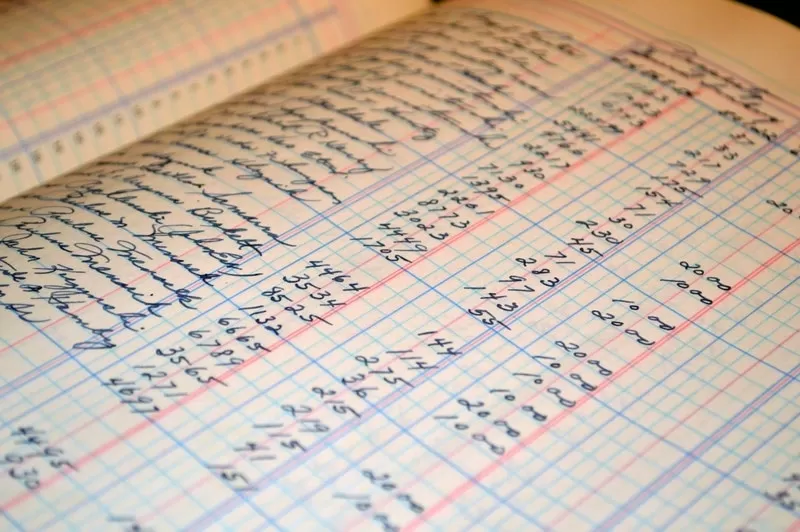




Unless you worked as an accountant, it’s unlikely that your first job required you to calculate your company’s corporate tax. But if you’re looking to start your own business or move on to freelancing, you will need to know what your tax obligations are.
We understand how confusing it can be to calculate your tax, so we’ve compiled everything you need to know in this article for you.
Before you go into the math, first determine if you are an employee, self-employed, or freelancer. This can be done easily by looking at your contract.
You are employed or an employee if you perform work under a contract of service. On the other hand, you are self-employed when you provide service or perform work for others under a contract for service. Self-employed individuals are also considered as sole-proprietors and partners in a partnership.
On the other hand, freelancers often work on short contracts or contract basis. You’ll find freelancing common in the creative sector.
Still confused? Here’s a comparison between freelancers and self-employed individuals:
|
Similarities |
|
|
|
|
Differences |
|
|
Freelancers |
Self-employed |
|
|
However, freelancers can still be considered as a type of self-employed individual at the end of the day.
So what taxes do you need to pay? You are obliged to pay for the business income you have earned in a year. This is considered as trade income and is taxed at individual income rates. However, you will only need to pay taxes if you earn more than $22,000 a year. Any less than that and you’ll be exempted from paying tax.
You are also given the freedom to decide on the accounting period. Most businesses set their accounting period at the end of December, but you can also choose a different one.
Your Statement of Accounts should be ready at the end of your accounting period, including:
If you’ve earned more than $200,000 in the accounting period, you will need to report your business using a 4-line statement to file your Income Tax Return. Here is what should be included in your statement:
1st Line – Revenue
2nd Line – Gross Profit/Loss
3rd Line – Allowable Business Expenses
4th Line – Adjusted Profit and Loss
If you’ve earned less than $200,000, a 2-line statement will be sufficient.
1st Line – Revenue
2nd Line – Adjusted Profit
Even as a freelancer, you’re able to claim expenses that will help with tax reduction. One example would be business expenses. This refers to any business expense that incurs when you are running your business.
For example, if your total business expense for the year is $50,000, you can claim $10,000 as a business expense. Hence, your total income subject to tax will be your business revenue minus this $10,000.
To find out more about what other items are claimable, click through to this link.
Administrative duties like filing your taxes can be quite a chore for most freelancers and self-employed individuals. But if you organize your paperwork well and submit your claims punctually, this will ease the hassle in the long run.
Here’s a quick summary for you to have in mind as you calculate your next round of taxes:
With that, you’re good to go!
If you have any concerns regarding the incorporation of your company or require accounting services, be sure to reach out to us at Swiftly.

29 Oct 2025
A Complete Tax Filing Guide for Self-Employed & Freelancers in Singapore (2026) Running your...

30 Apr 2025
Swiftly Takeaways A UEN (Unique Entity Number) is an official identification number assigned...

15 Mar 2025
Singapore is widely recognised as one of the most business-friendly countries in the world,...